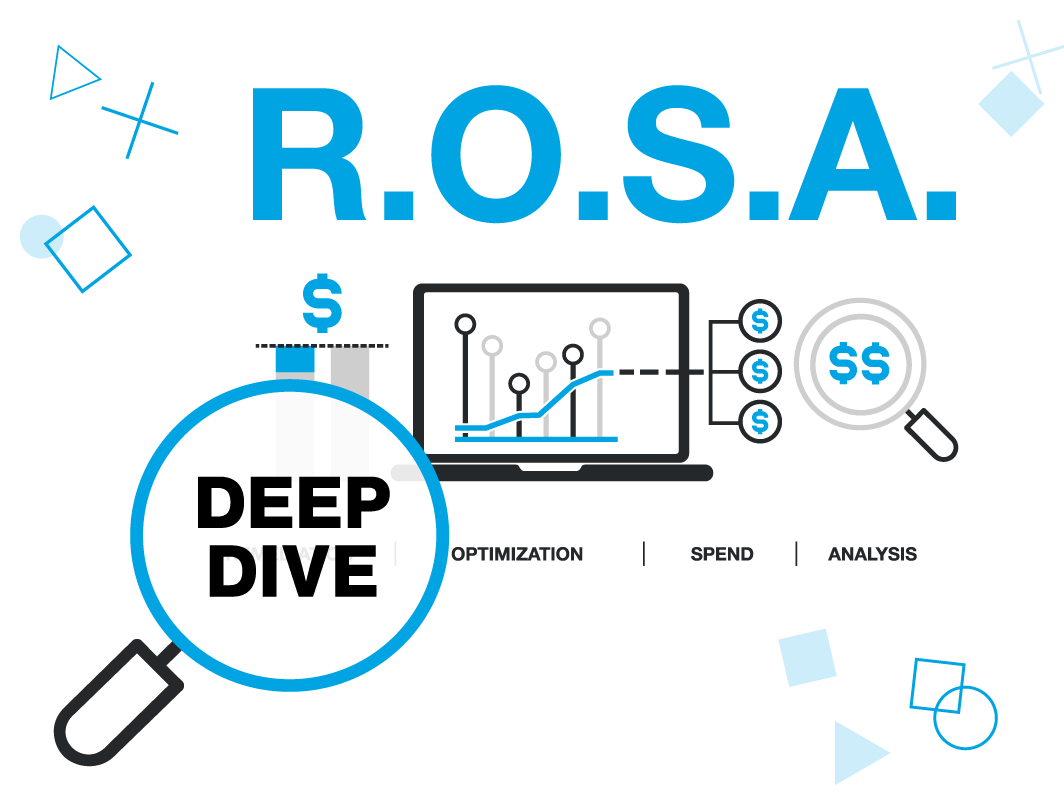
![]()
The state of New Jersey recently updated its Law Against Discrimination (NJLAD) to include protections against age discrimination.
NJLAD “prohibits discrimination and harassment based on actual or perceived race, religion, national origin, gender, sexual orientation, gender identity or expression, disability, and other protected characteristics,” now including age.
The revised law prohibits employers from using age as a factor when hiring or promoting employees and repeals provisions allowing certain employers to enforce mandatory retirements. With the expansion of potential employer liability, organizations should take note of the changes to ensure compliance. Below we outline what employers need to know about the anti-discrimination law.
What are the changes to NJLAD?
As of October 5, 2021, NJLAD has been updated to include the following:
New Jersey government or state employers may no longer enforce mandatory retirement for employees at a certain age. As long as employees can perform their job duties, they are permitted to work later in their careers. To reinforce this, state employers are prohibited from using age as criteria in employee performance evaluations.
New Jersey employers can no longer refuse to hire or promote people for being age 70 or older. This update prevents employers from using a job candidate’s age as a factor when making hiring decisions. This move supports the growing number of New Jersey residents who are working later into their lives, ensuring they cannot be denied employment based on older age.
The updates expand recourse for employees who are discriminated against based on their age. With employees now entitled to “all of the remedies provided by any applicable law” instead of back pay, interest, and reinstatement, employers face more serious consequences for committing age discrimination.
Institutions of higher education in New Jersey are no longer allowed to require tenured employees to retire at the age of 70. In keeping with rules for other types of employers, colleges and universities are prohibited from using age as a factor when mandating employee retirement.
The case for hiring older workers
Ageism is a type of discrimination that often goes unchecked in the workplace. It is not uncommon for employers to use age as criteria when evaluating work performance. In fact, AARP data shows two-thirds of people between the ages of 45 and 74 have seen or been discriminated against based on age.
According to an article in the Harvard Business Review (HBR) co-authored by Josh Bersin, ageism poses a significant diversity, equity, and inclusion (DEI) issue and has negative impacts on the workforce and an aging global economy.
Job vacancies now outnumber job applicants, leaving gaps in the workforce. Longer life spans and declining fertility rates are just two phenomena contributing to this issue. Additionally, baby boomers are retiring faster than millennials can fill roles. The HBR article argues that companies can be part of the solution by bringing older people back to work and giving them meaningful, important jobs.
Valuing the expertise and tenure that older candidates bring to the table has benefits that extend beyond creating a more diverse workforce, according to the HBR article: “If you can create an inclusive, fair, and meaningful experience for older employees, as well as younger ones, you’ll not only find your company becomes more innovative, engaging, and profitable over time, you will be benefiting society at large.”
Organizations must take action to keep up with evolving laws that advance DEI. Leveraging tools that account for different levels of discrimination is one way to get ahead of new requirements. PayParity allows employers to analyze employee compensation to address age discrimination, and at the intersections of gender, race/ethnicity, and disability. By viewing your organization’s workforce from this holistic perspective, you can create a more equitable and diverse organization.
Interested in learning more about how your organization can achieve its DEI goals? Download the research report we recently sponsored, conducted by HBR Analytic Services, Creating a Culture of Diversity, Equity, and Inclusion.



